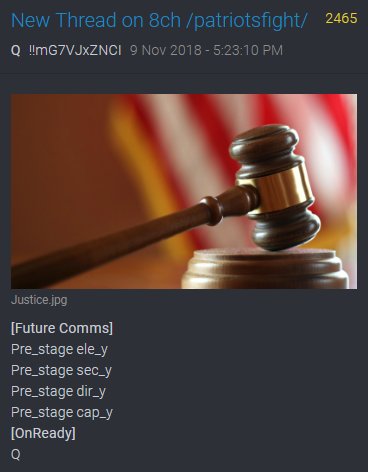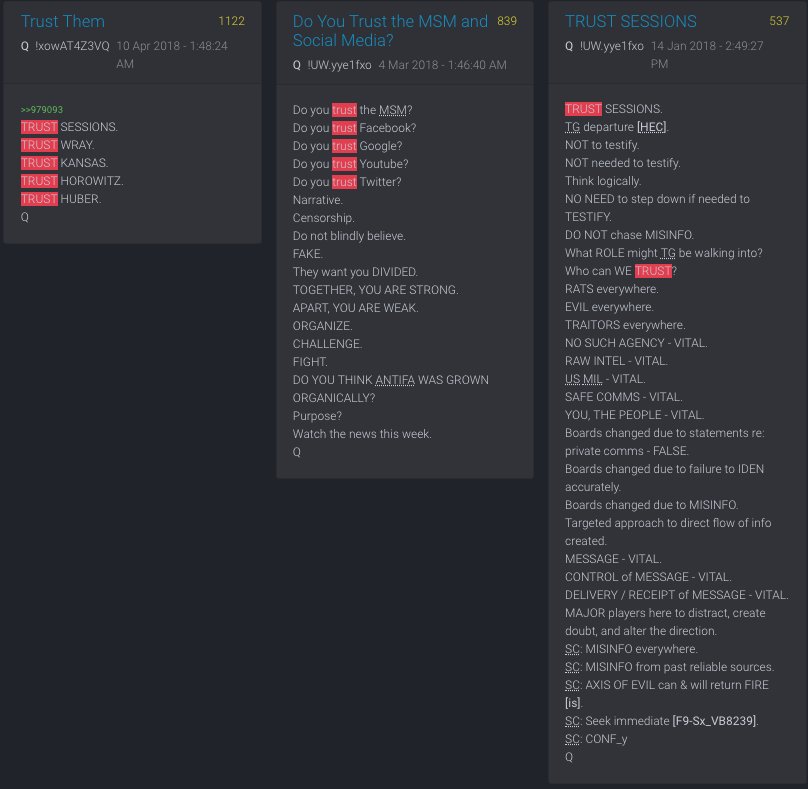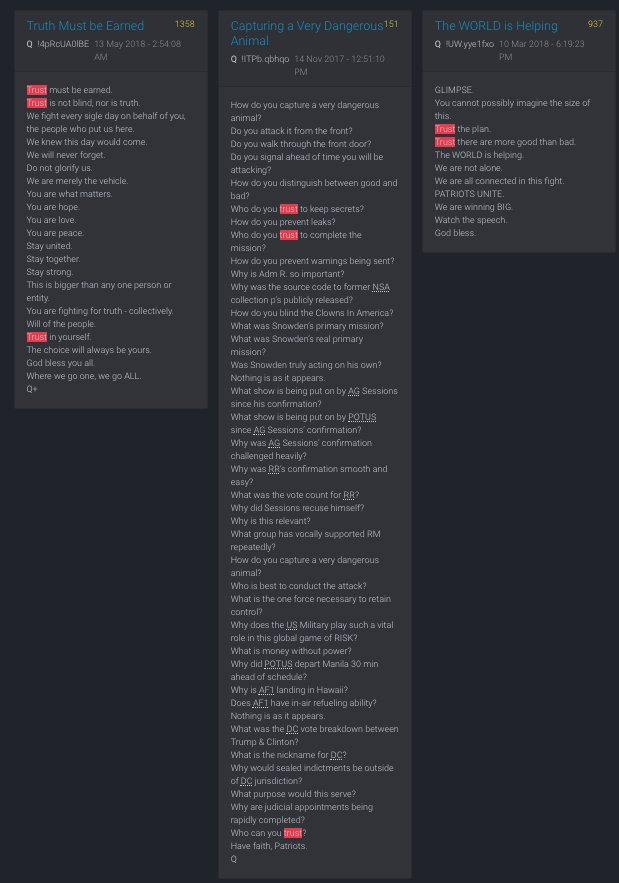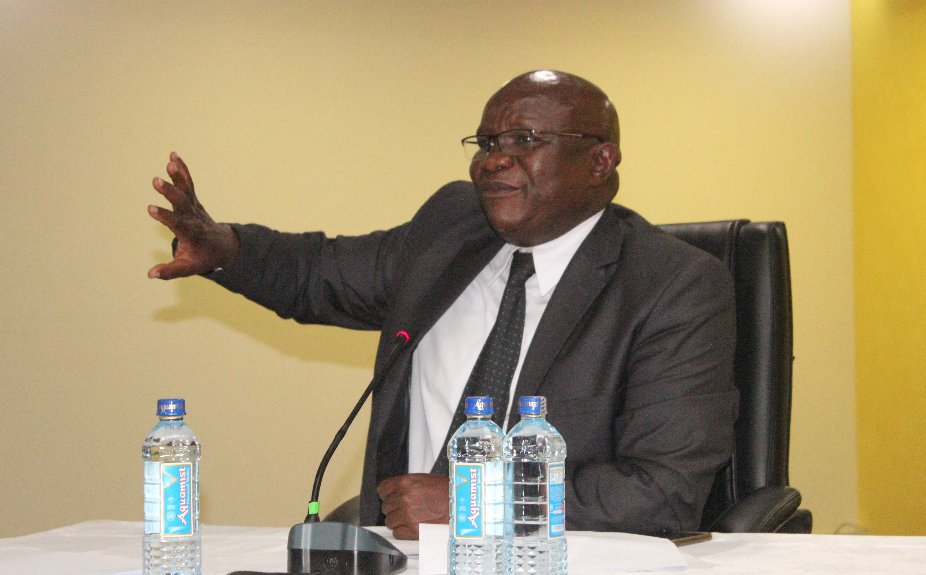When I can add my knowledge to yours to make for a better product….
When my attention is not grabbed but given… 19/
When responding to criticism, and sorting the valid from the invalid, is considered a vital newsroom skill... 20/
When reporters share their learning curve even as readers share their expertise... 21/
When you not only ask supporters for money but explain how you use their money… 22/


















